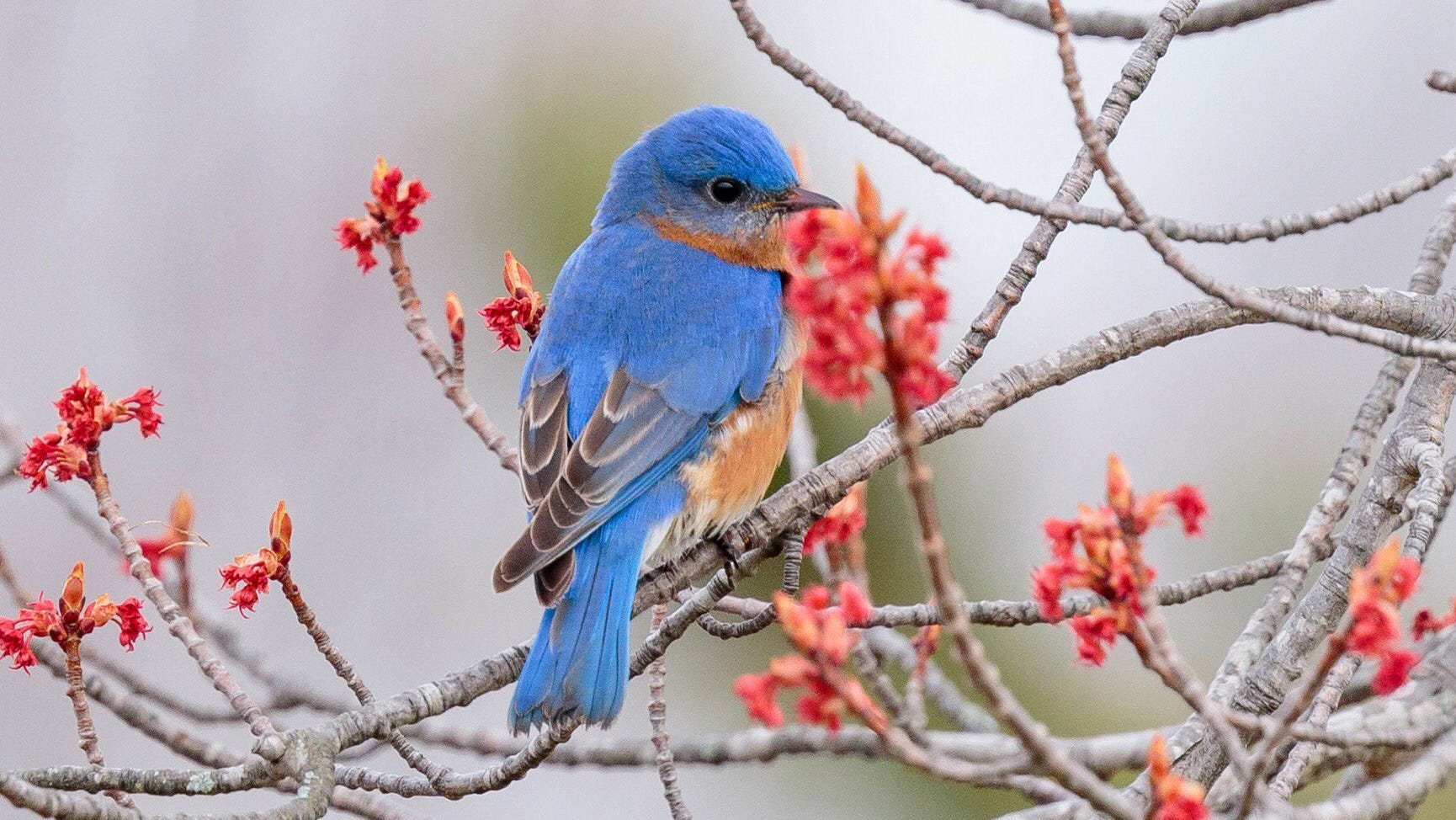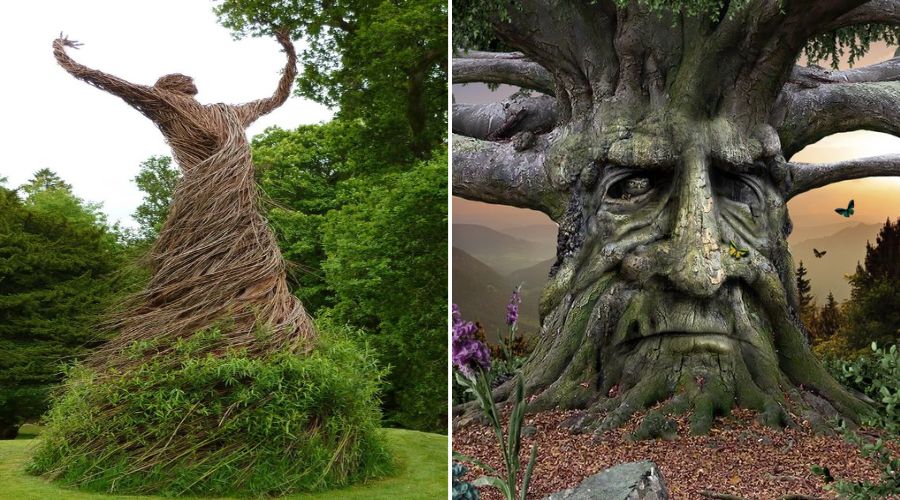Bluebirds are a group of small, brightly colored songbirds found across North America. They are known for their striking blue plumage and sweet melodies, and have become a beloved symbol of springtime and renewal. However, bluebirds also face threats from habitat loss and competition with invasive species, making conservation efforts crucial for their survival.
:max_bytes(150000):strip_icc()/eastern-bluebird-387244-hero-2a08dd9fff084569bb4280a30dc4b6c1.jpg)
One of the main threats to bluebirds is habitat loss, as their natural grassland and savanna habitats are being destroyed by development and agriculture. In addition, competition with non-native bird species, such as European starlings and house sparrows, can also impact bluebird populations.
To protect bluebirds, conservation efforts are underway across their range. One important initiative is the creation of bluebird trails, which involve installing nesting boxes in suitable habitats and monitoring them for successful breeding. These trails provide additional nesting opportunities for bluebirds and help to counteract the loss of natural habitat. Other efforts include habitat restoration and working with landowners to promote sustainable land use practices that benefit bluebirds and other wildlife.

Another important aspect of bluebird conservation is public education and involvement. Many people enjoy watching and feeding birds in their backyards, and can play an important role in bluebird conservation by providing suitable habitat and monitoring nesting boxes. Citizen science programs, such as the North American Bluebird Society’s Bluebird Nest Box Monitoring Program, allow individuals to contribute to scientific research while enjoying the beauty and song of bluebirds.

In addition to conservation efforts, research is also critical for the protection of bluebirds. Scientists are studying the birds’ behavior, ecology, and genetics to better understand their needs and how to protect their habitat. This research is also helping to inform conservation strategies and management practices for bluebird populations.
In conclusion, bluebirds bring color and song to our backyards and are an important part of North America’s natural heritage. Protecting these birds requires a collaborative effort involving governments, conservation organizations, and the public. By working together, we can ensure that bluebirds continue to grace our skies and inspire us for generations to come.




